Check out before these deals are gone!


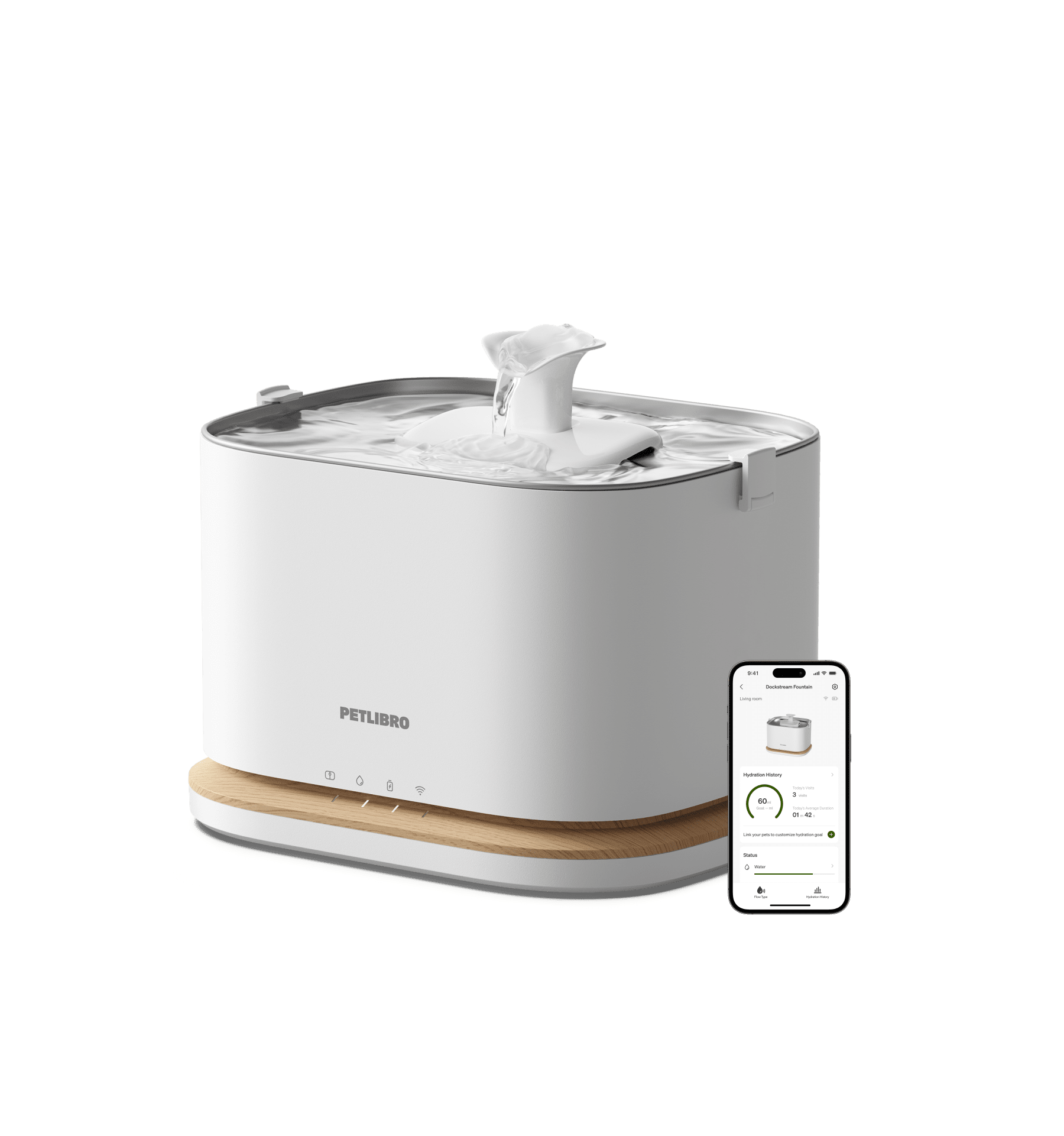
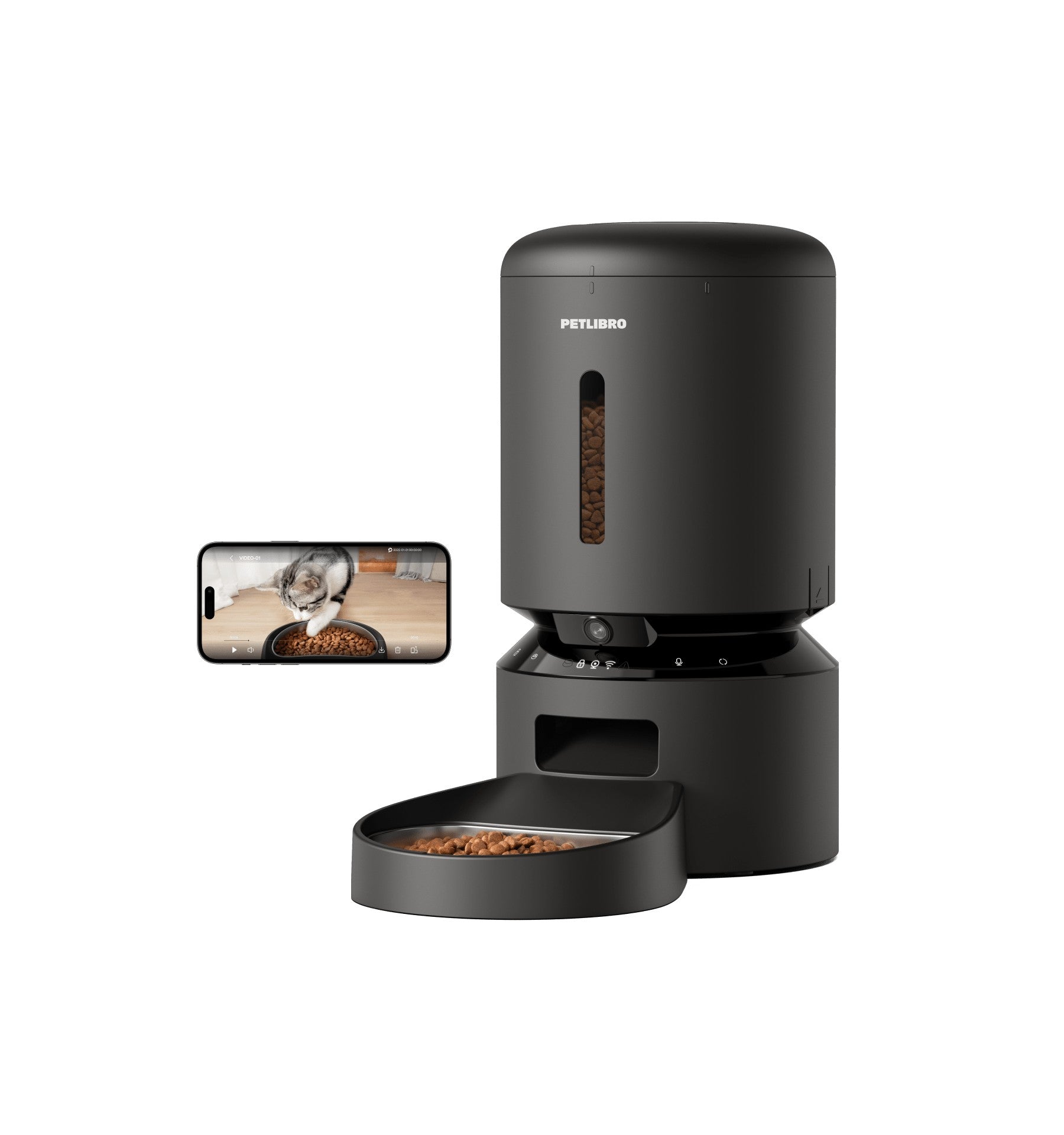

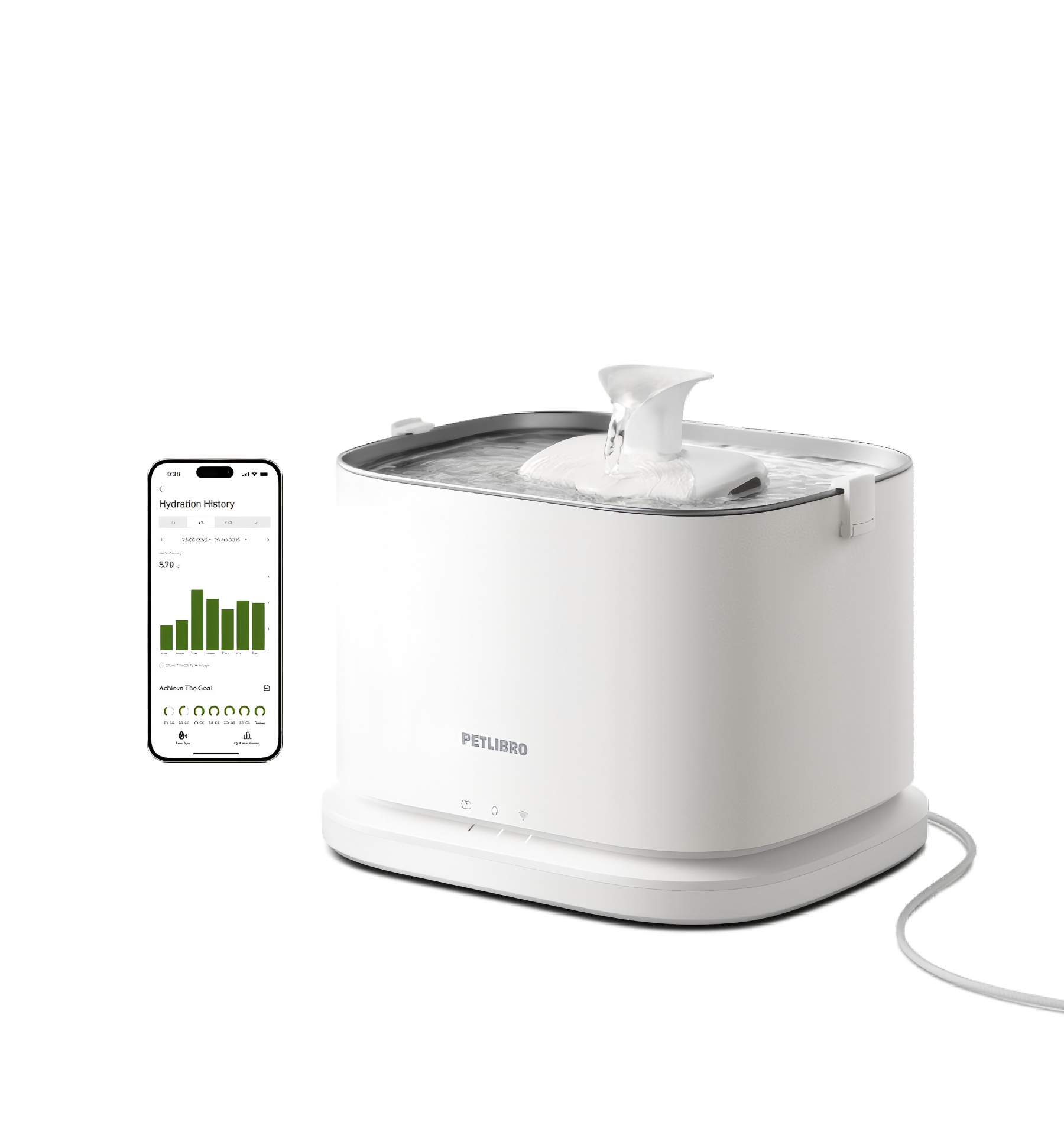
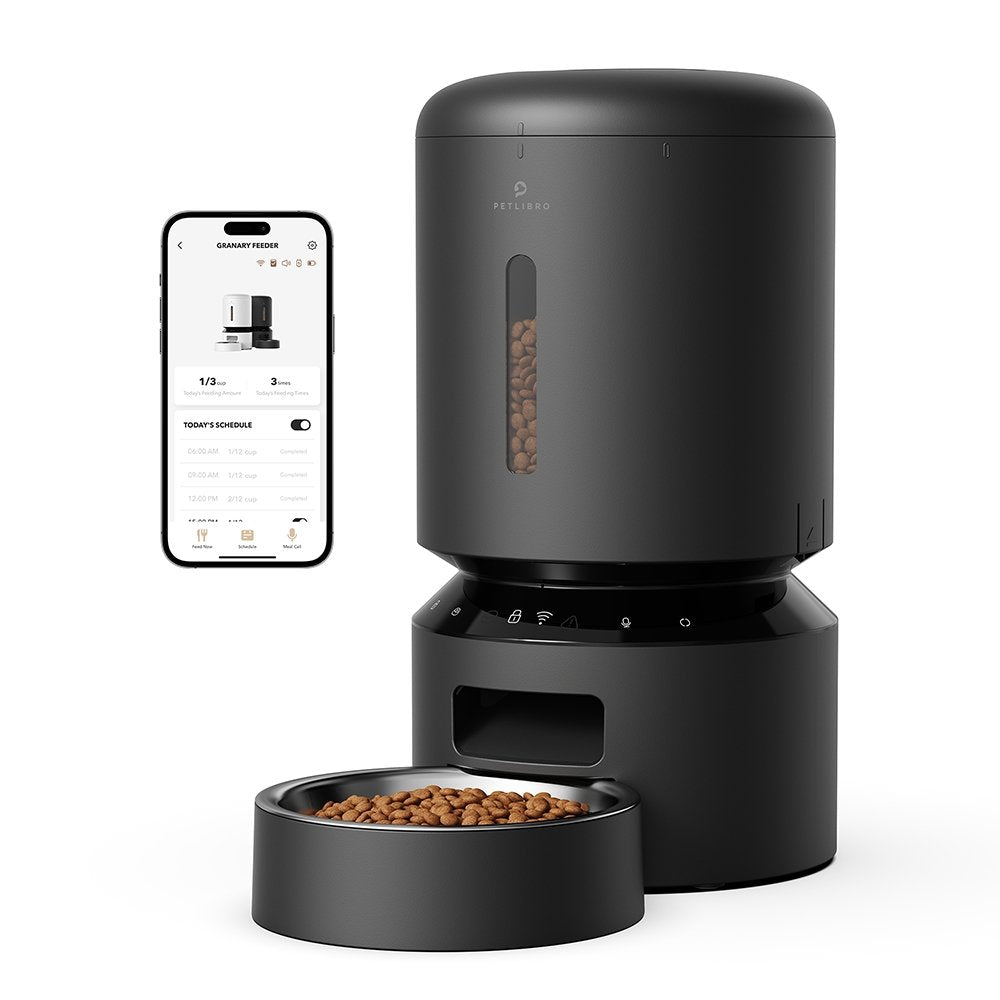

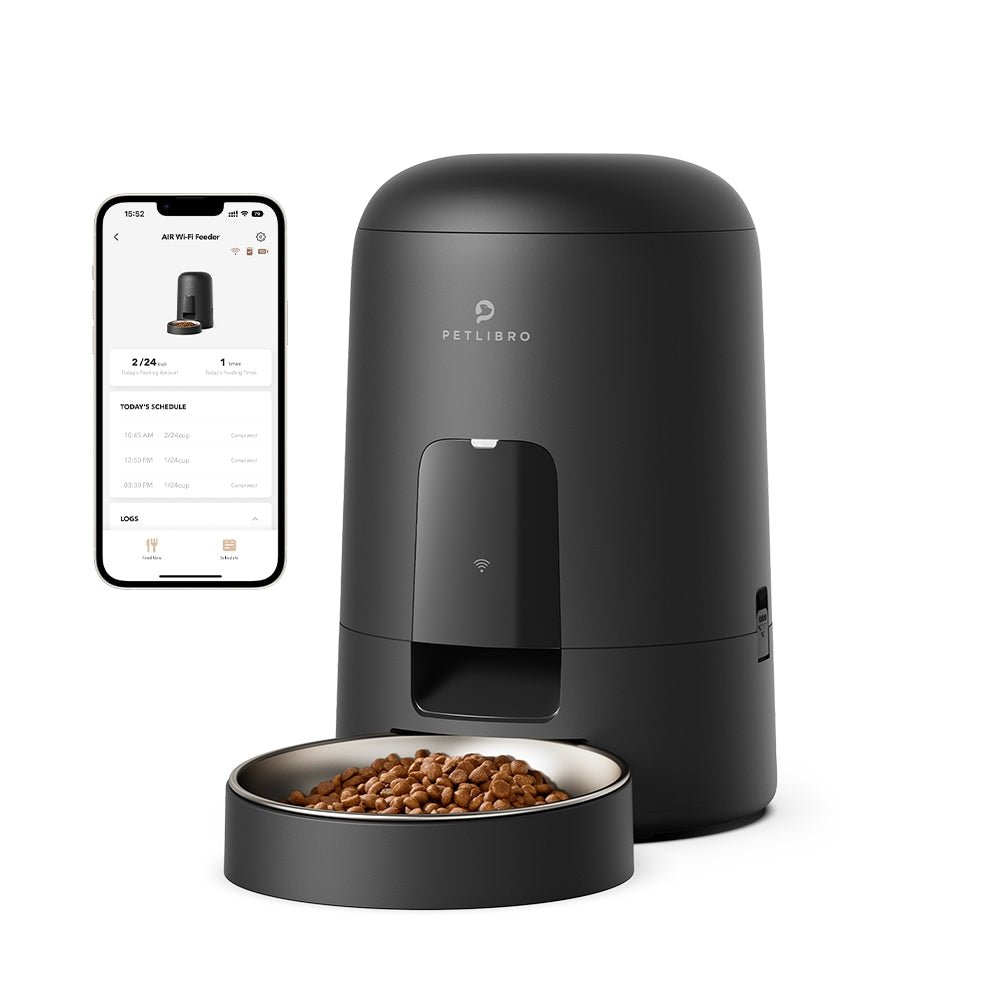






















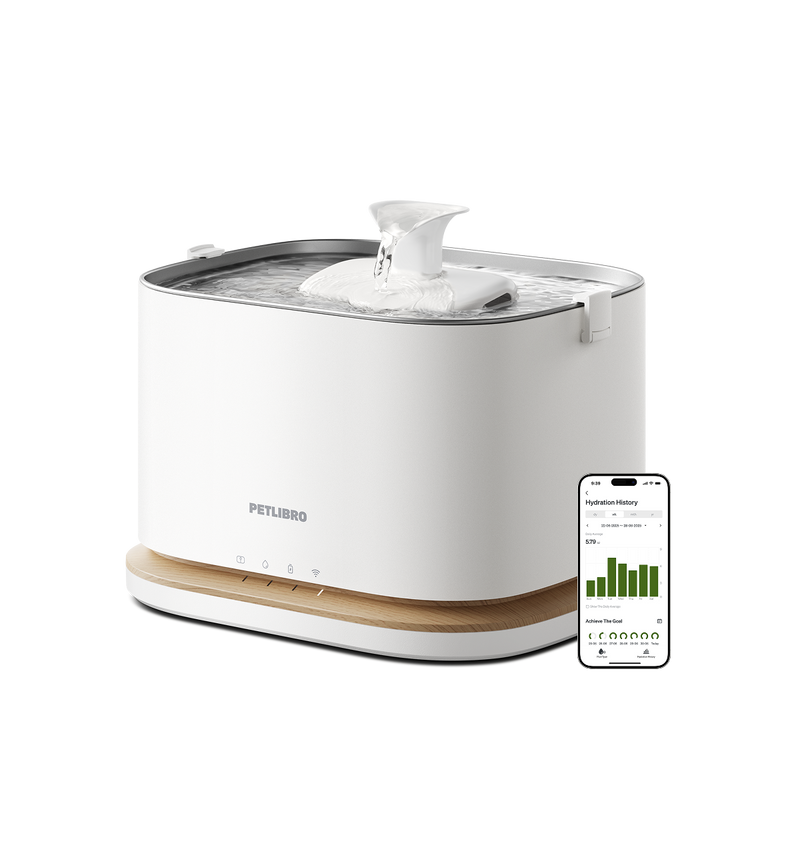
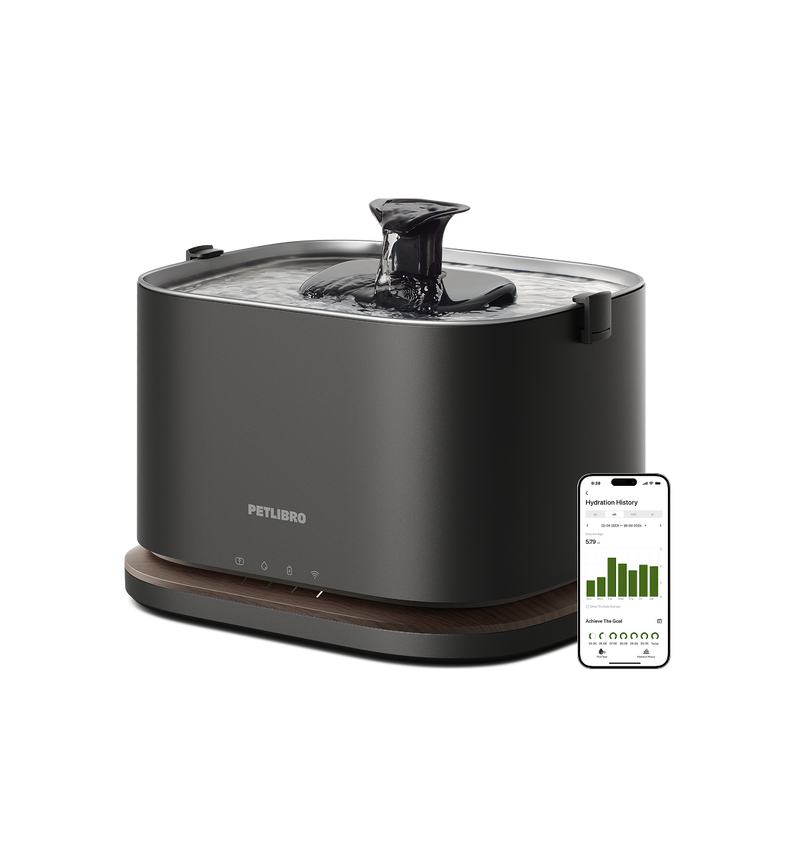
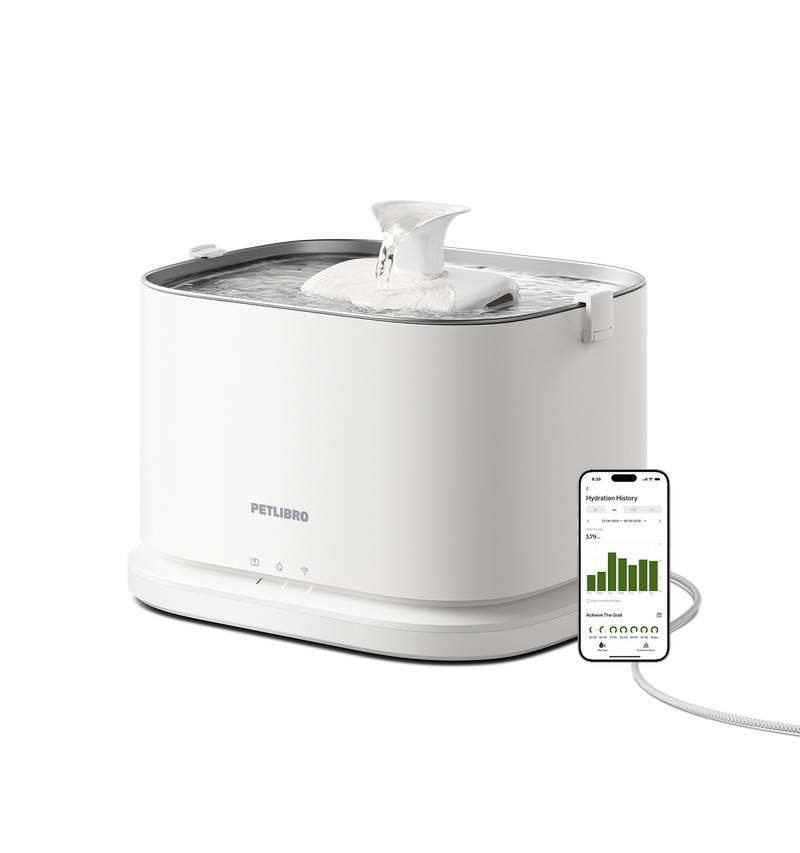
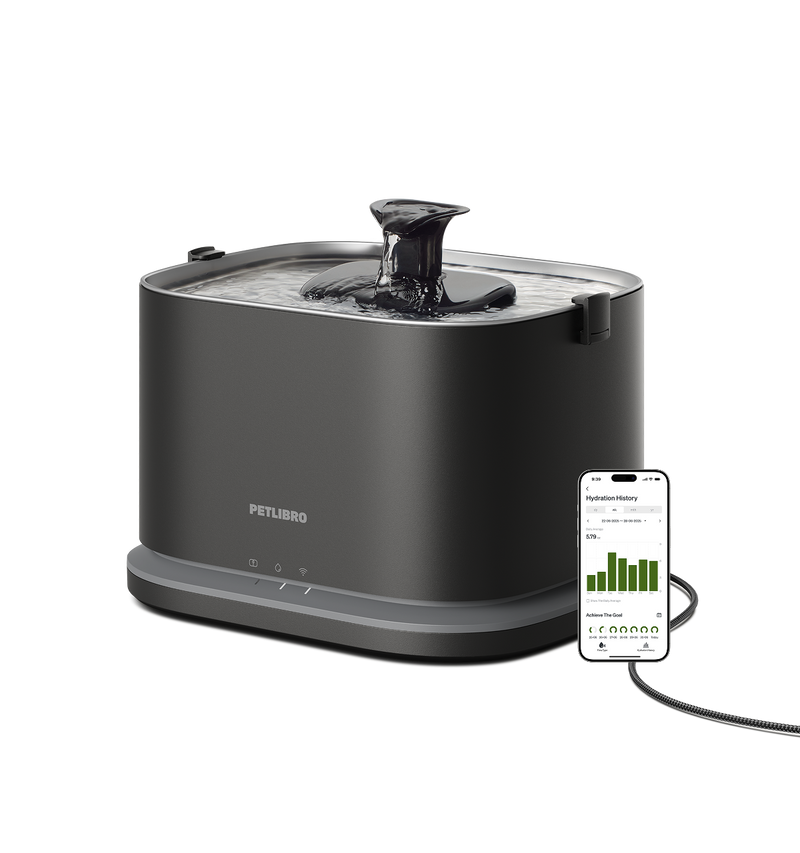










By subscribing, you agree to receive email marketing from Petlibro. Privacy Policy | Terms of Service


*Voucher is non-refundable and only one can be used per order, starting 11/13.


By subscribing, you agree to receive email marketing from Petlibro. Privacy Policy | Terms of Service


Code is valid for 72 hours and can be used for one order only. Code can’t be combined with other codes.
Discounts cannot be used toward new product launches.


Open to legal U.S. residents, 18 years or older. Void where prohibited. Giveaway begins on 08/26/2025 and ends on 09/15/2025 at midnight PST. Three winners will each receive a limited-edition Petlibro PR Kit, which includes the Scout Smart Camera and select branded merch. Winners will be chosen at random and notified via Instagram or email (depending on entry format) by 09/30/2025. If a winner does not respond within 48 hours, another may be selected. Odds of winning depend on the total number of eligible entries received. Only one email entry per person will be counted, though additional entries may be submitted through the bonus methods described above. Petlibro is not liable for any issues that arise from participation or use of the prize. Personal information will be collected and handled in accordance with our Privacy Policy.




Open to legal U.S. residents, 18 years or older. Void where prohibited. Giveaway begins on 08/26/2025 and ends on 09/15/2025 at midnight PST. Three winners will each receive a limited-edition Petlibro PR Kit, which includes the Scout Smart Camera and select branded merch. Winners will be chosen at random and notified via Instagram or email (depending on entry format) by 09/30/2025. If a winner does not respond within 48 hours, another may be selected. Odds of winning depend on the total number of eligible entries received. Only one email entry per person will be counted, though additional entries may be submitted through the bonus methods described above. Petlibro is not liable for any issues that arise from participation or use of the prize. Personal information will be collected and handled in accordance with our Privacy Policy.


You’re lucky. When temperatures start to rise, your body’s ready to handle the extra heat.
You can thank your sweat glands. They help regulate your body temperature, keeping you cool when the mercury starts to climb.
However, while your body can handle the heat, your pets aren’t as lucky. They can’t cool themselves down as easily, and are at serious risk of heatstroke.
In order to help you keep your pets safe from heatstroke, we’re created this guide. On this page you’ll discover the causes, symptoms, prevention, and treatment of heatstroke in pets.

You want pet to be in tip-top shape to enjoy all the pleasures of summer right by your side. As such, it’s important you’re aware of the symptoms of heatstroke in pets. If you know what to look out for, you can act accordingly. Symptoms include:

There are hundreds of breeds of cats and dogs around the world. While all are at risk of heatstroke, some are more prone to it than others.
Cat Breeds Most at Risk of Heatstroke
When it comes to keeping cool, snout length is crucial for losing body heat. This means flat-faced cat breeds struggle to keep cool. Some of the most susceptible are:
Dog Breeds Most at Risk of Heatstroke
As with cats, it’s flat-faced dog breeds who are most at risk. Be especially vigilant if you’re a pet parent to a:
You need to act fast. Cooling down your pet is your number one priority. Immediately remove them from the hot environment before applying water onto their fur and skin to cool your cat or dog down. Just make sure to avoid icey water or ice itself, as this could exacerbate the issue. It’s also a good idea to wet the area around your pet.
Once you’ve followed these steps, take your pet to the vet as soon as possible. Don’t skip this step. Heatstroke is always an emergency, even if you pet looks to have recovered.
Once at the vet, a trained professional will check your pet’s temperature, vital signs, and administer any required treatments including:
Prevention is the best way to beat the heat and protect your pets from heatstroke. Some of the measures you can take include:
Ensuring Your Pet Always Has Access to Fresh, Clean Water
Keeping your furbaby hydrated helps stave off the effects of heatstroke. However, pets are often suspicious of standing water, like the kind you’ll find in traditional water bowls.
 To encourage your pet to drink and stay hydrated, it’s worth investing in an automatic pet water fountain, such as the Petlibro Capsule Water Fountain. With one of these around your house, your parched pets will have access to fresh, clean, flowing water 24 hours a day, keeping them happy and hydrated.
To encourage your pet to drink and stay hydrated, it’s worth investing in an automatic pet water fountain, such as the Petlibro Capsule Water Fountain. With one of these around your house, your parched pets will have access to fresh, clean, flowing water 24 hours a day, keeping them happy and hydrated.
Keeps Pets in a Cool, Well-Ventilated Space
Cool temperatures and good air flow are key to keeping your pets cool when things are heating up outside. The ventilation aids in removing the evaporated water that builds up when your pet pants.
If your pet is outside, keep them out of direct sunlight whenever possible. A well-shaded area is a great place for both you and your pet to hang out when you want to enjoy some outdoor time together.
Keep Exercise to a Minimum and to the Evenings
This one’s more for dog owners. Your pooch loves taking a stroll around the neighborhood, but when summer comes along it’s best to avoid going outside during the day.
Especially avoid midday and late afternoon when the sun is at its hottest. Stick to the evenings when things are cooler, and remember to give your dog plenty of water upon returning home.